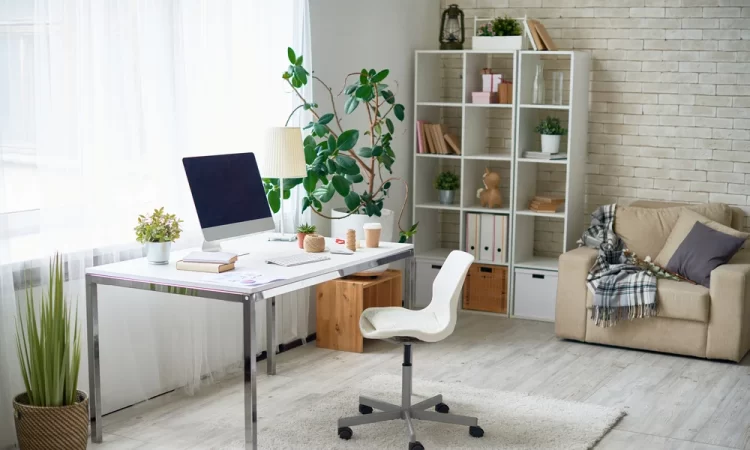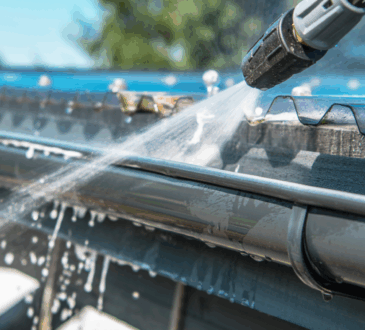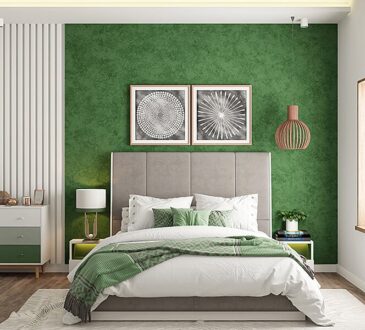
Wall soundproofing is an effective way to reduce noise in your home or workspace. It can help create a peaceful and comfortable atmosphere, as well as protect against loud, disruptive noises. Whether you’re dealing with a loud neighbor, traffic noise, or noisy machinery, soundproofing your walls can help you find the peace and quiet you need. With the right strategies and materials, you can create a much quieter home or workspace.
In this article, we’ll look at the benefits of wall soundproofing, the different types of soundproofing materials, and how to choose the best option for your needs. With the right information, you can achieve the quiet atmosphere you deserve.
Different Types of Wall Soundproofing
When it comes to soundproofing walls, there are a variety of strategies available. The most commonly used soundproofing materials include acoustic panels, acoustic foams, mass-loaded vinyl, green glue, and soundproof paint.
Acoustic Panels:
Acoustic panels are rigid panels that are designed to absorb sound and reduce reverberation. They are often made of a combination of materials such as acoustic foam or fiberglass and come in a range of sizes and colors. These panels can be used to reduce noise from the outside, as well as to reduce the reverberation of echoes within a space.
Acoustic Foams:
Acoustic foams are open-cell materials that are designed to absorb sound and reduce reverberation. They are usually made from polyurethane foam or other types of foam and come in a range of shapes, sizes, and colors. Acoustic foams are most effective at reducing mid- to high-frequency sound waves, and they are often used in recording studios and other places where audio clarity is important.
Mass-loaded Vinyl:
Mass-loaded vinyl is a heavy, dense material that is designed to block sound. It is made from a combination of plasticized PVC and rubber composites, and it is both flexible and durable. Mass-loaded vinyl is incredibly effective at reducing low-frequency noise and can be used in both walls and ceilings.
Green Glue:
Green glue is a special type of adhesive that is designed to reduce sound transmission. When applied between two layers of wood or drywall, it forms a damping layer that absorbs sound energy and reduces the amount of sound that passes through.
Soundproof Paint:
Soundproof paint is a type of coating that is designed to reduce sound transmission. It is usually made from a combination of materials such as latex, silicone, and rubber particles, and it can be applied to both walls and ceilings. The paint absorbs sound energy, reducing the amount of sound that passes through.
All of these different wall soundproofing materials have different benefits and drawbacks, and it’s important to consider all your options before making a decision. The next section will look at how to choose the right wall soundproofing for your needs.
Choosing the Right Wall Soundproofing for Your Needs
When it comes to selecting the right wall soundproofing solution for your needs, there are a few key factors to consider. First, you’ll want to determine the level of soundproofing needed for your situation. This will depend on the type and amount of noise you need to block out. Second, it’s important to assess your budget.
Different soundproofing solutions come with different price tags, so make sure you choose the one that is within your budget. Lastly, you’ll need to assess the space you’re working with. Different solutions require different levels of installation, so make sure to choose the one that fits your space and your needs.
By taking the time to evaluate your individual needs, you’ll be able to choose the right wall soundproofing solution that best fits your particular environment. With the right soundproofing, you can enjoy a much quieter home or workspace.
Conclusion
When it comes to wall soundproofing, you need to ensure that you have the right solution that meets your particular needs. Determining the level of soundproofing required, assessing your budget, and assessing your space are all important steps in ensuring you make the right decision. With the right wall soundproofing solution, you can finally enjoy a quieter home or workspace.




